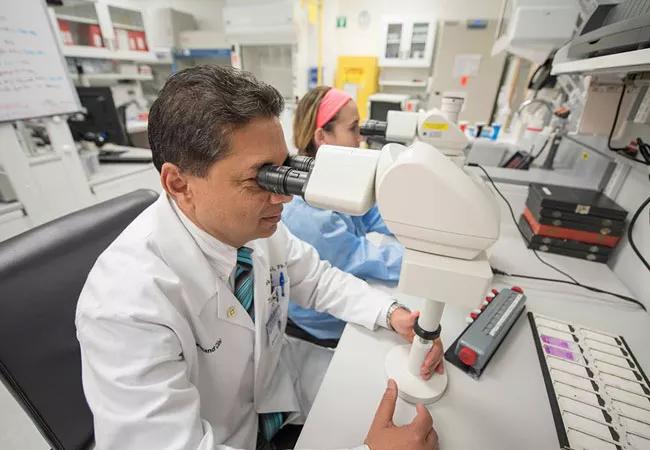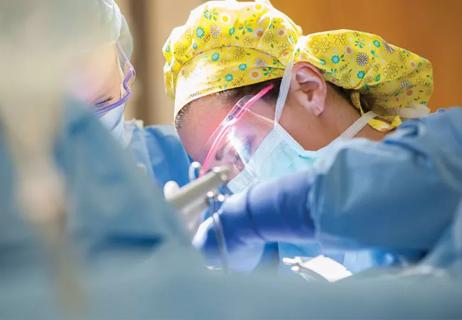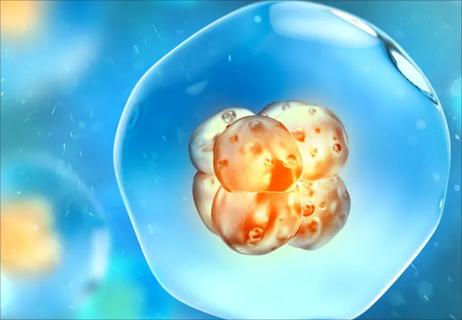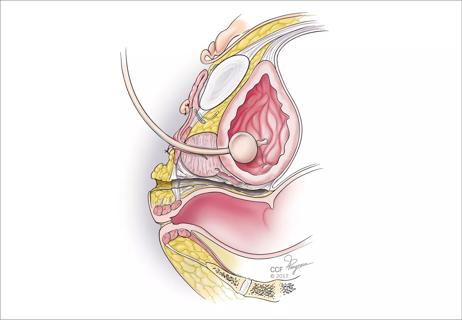Testing and treating patients can make a difference

Infertility is a public health problem that affects approximately 48.5 million couples worldwide, with 50% of the cases attributed to men. While moderate physiological levels of reactive oxygen species (ROS) are required for essential sperm functions — such as motility — elevated oxidative stress (OS) can impair sperm function. OS is a central cause of male infertility; it occurs when there is an imbalance between oxidants and reductants resulting from either increased generation of ROS or decreased seminal antioxidants. Sperm are particularly vulnerable to OS due to their inadequate cell repair systems and minimal cytoplasm, which lacks an efficient system for antioxidant defense.
Cleveland Clinic is a non-profit academic medical center. Advertising on our site helps support our mission. We do not endorse non-Cleveland Clinic products or services. Policy
OS may be present in about 56 million males complaining of infertility, two-thirds of whom are considered to have male oxidative stress infertility (MOSI). Oxidation-reduction potential (ORP) is the most accurate measure of OS as it takes into account the levels of both oxidants and reductants (antioxidants).
Cleveland Clinic’s Andrology Laboratory in the Department of Urology has devoted considerable research to investigating how OS affects sperm function. Its studies have found that higher levels of ORP negatively affect total motile sperm count (TMSC), progressive motility and total motility. “OS is a major mechanism for harming sperm and one of the most important causes of idiopathic male infertility,” says Ashok Agarwal, PhD, Director of the Andrology Laboratory and Reproductive Tissue Bank at Cleveland Clinic.
In the latest study, researchers at the Andrology Laboratory investigated the effect of ORP on sperm vitality and mitochondrial membrane potential (MMP). The findings will be presented at the annual meeting of the American Society for Reproductive Medicine (ASRM) in Philadelphia.
The investigators exposed physiologically normal donor sperm to titrated levels of OS in sperm wash medium (SWM). MMP and vitality were measured at baseline, 60 minutes and 120 minutes.
MMP was unchanged after sperm exposure for 60 minutes. It decreased by 2.5% and 61.1% at 120 minutes when sperm were exposed to ORP values of 1.48 mV/10 sperm/ml and 2.75 mV/10 sperm/ml, respectively. Sperm vitality decreased by 21.2% at 60 minutes and 41.1% at 120 minutes when sperm were exposed to the ORP value of 2.75 mV/10 sperm/ml6.
“This is the first study in the literature to provide a physiological range of ORP that impairs important sperm functions such as MMP and vitality. We have defined an ORP range at which sperm begin to become damaged. Our findings are important for laboratories that offer IVF; they can monitor the level of ORP in media used to culture sperm and provide the most optimum conditions for sperm and embryos to develop,” says Dr. Agarwal.
The study has significant clinical implications. Men with an etiology of MOSI can be screened using an ORP test such as MiOXSYS, which is faster and provides more accurate and reproducible results than previous tests. “Many underlying conditions can be treated if you measure the OS and ORP levels in sperm. If you don’t test for them, you can’t identify the cause of the problem and help patients,” says Dr. Agarwal.
The Clinic’s Andrology Laboratory routinely uses MiOXSYS to test patients with male infertility. Patients with positive results can undergo additional screening and receive whatever treatment is indicated, such as antioxidants or counseling on lifestyle factors that are known to affect OS, such as smoking, obesity and diet. Male accessory gland infection (MAGI) and other inflammatory conditions can also generate OS and they should be treated.

Deprivation is linked to impaired glucose intolerance and racial disparities

Artesunate ointment is safe well and tolerated patients with vulvar intraepithelial neoplasia

A case-based discussion of efficacy, eligibility and use

Workshop curriculum was valued by some, while others would have preferred time for themselves

Study finds lower incidence of endometriosis than in cisgender patients

Large randomized study compares embryo growth kinetics and live birth rates between culture media

Surgeon experience is key to reducing adverse events

Introducing Laura Detti, MD, newly appointed Chair of the Department of Subspecialty Care for Women’s Health